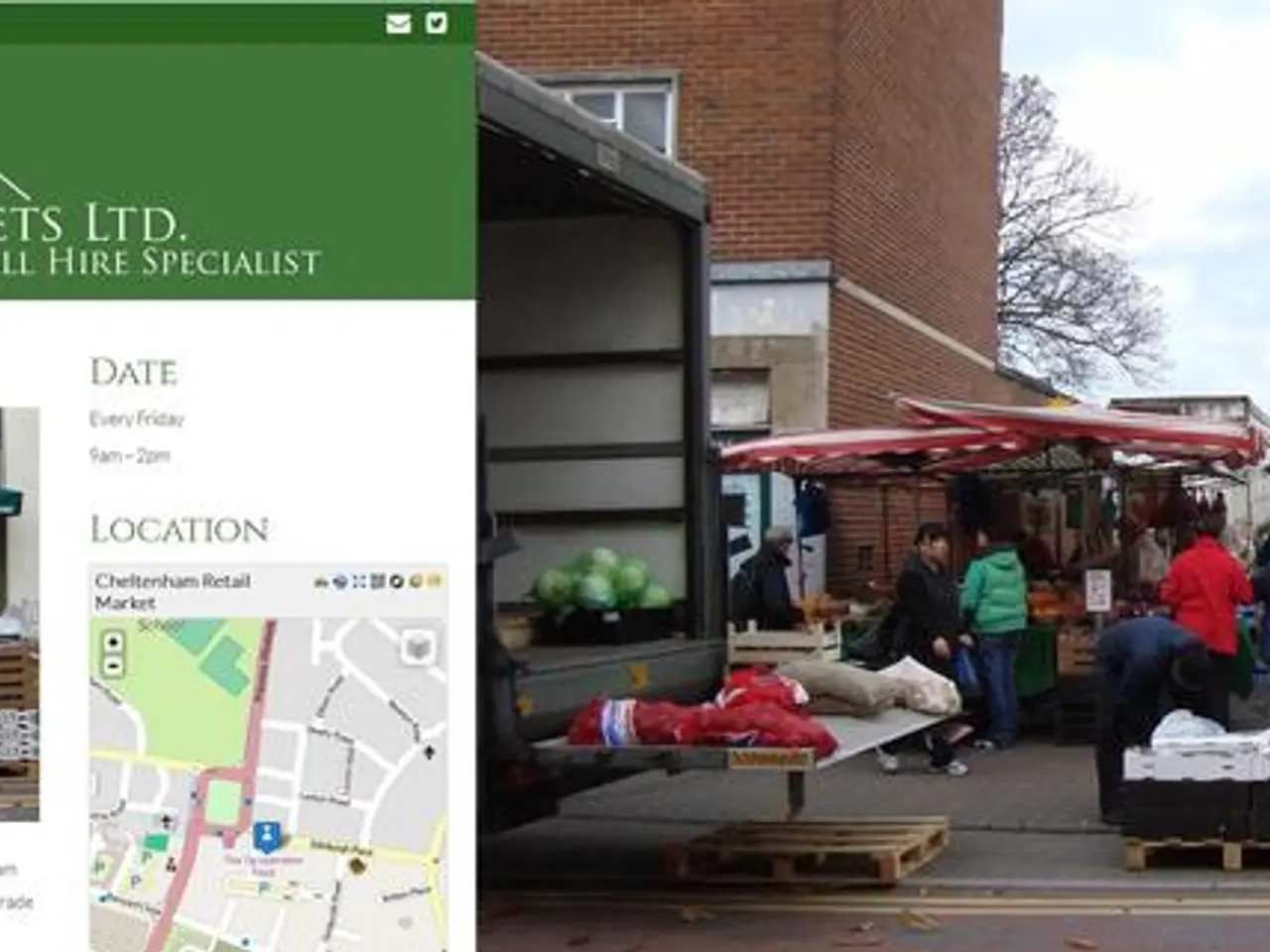Public Offerings of Shares for Sale by Companies Seeking Capital on Stock Markets
Spac Apocalypse: Market Meltdown Leads to Delistings
The once-thriving SPAC (Special Purpose Acquisition Company) craze has taken a steep nosedive, as stock prices plummet and interest rates soar, effectively stalling the market for new initial public offerings (IPOs).
In the frigid climate of late December 2022, Amrith Ramkumar reported on the dismal state of the IPO market, providing an inside look at the factors that contributed to its downfall.
The bursting of the 2021 IPO bubble and the ensuing slump in investor sentiment left the IPO market battered and bruised for several years, with fewer listings and wobbly post-listing performances. Factors such as monetary policy tightening, geopolitical uncertainty, and sector-specific pressures all played their part in freezing the IPO market.
- Tightening Monetary Policy: Central bank interest rate hikes aimed at quelling inflation drove up borrowing costs, chilling investor appetites for riskier equity investments.
- Post-Boom Correction: After the exhilarating surge of 2021, the IPO market entered a prolonged lull, with fewer listings due to skittish investors and the poor showing of post-listing performance.
- Geopolitical Unrest: The continued conflicts, such as the Russia-Ukraine war, and trade disputes fueled market volatility, effectively discouraging companies from plunging into the IPO pool.
- Sector-Specific Challenges: – Tech woes: High-growth tech IPOs faced significant valuation drops as investors prioritized profitability over growth. – Insurance/Energy struggles: Regulatory changes and commodity price swings in these sectors delayed the flurry of IPOs.
- Subpar Post-Listing Results: Case in point, LIC’s 2022 IPO exemplified the risks of weak investor demand and long-term disappointment, further dampening investor confidence.
By comparing the dynamics of 2022 to those of Q1 2025, we see a stark contrast:
| Factor | 2022 Environment | Q1 2025 Trends ||---------------------|----------------------------------|--------------------|| Monetary Policy | Rate hikes ruled | A mix of rate shifts and tariffs[3] || Geopolitics | War-driven unease | Shifts following the US election and trade tariffs[3] || Sector Priorities| Tech retreat | Growth in Industrials, Health, and India-led sectors[1][3] |
The frosty 2022 landscape was characterized by wariness, following the euphoria of 2021, while Q1 2025 seems to be reviving with cautious optimism amid new uncertainties[1][3]. In addition, the end-of-year volatility and economic recession fears of December 2022 posed additional complications to the market’s rebound.
(Note: No December 2022-specific data was found in the search results. The analysis presented synthesizes broader trends from later reports.)
- In the frigid economic climate of December 2022, venture capitalists were cautious about investing in IPOs due to the market's instability.
- Amrith Ramkumar, a finance expert, reported that the sector-specific challenges in 2022 significantly impacted the market, with tech and insurance/energy sectors facing the most difficulties.
- The market meltdown of 2022 led to a shift in sector priorities for investors, with a retreat from high-growth tech IPOs and a focus on Industrials, Health, and India-led sectors in Q1 2025.
- Despite the dismal state of the IPO market in 2022, some companies still ventured into initial public offerings, like LIC's IPO in the same year, which did not meet expected success, further impacting investor confidence.





